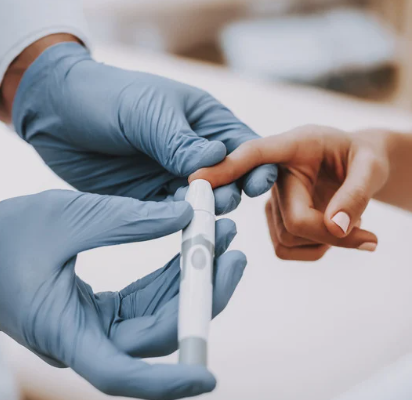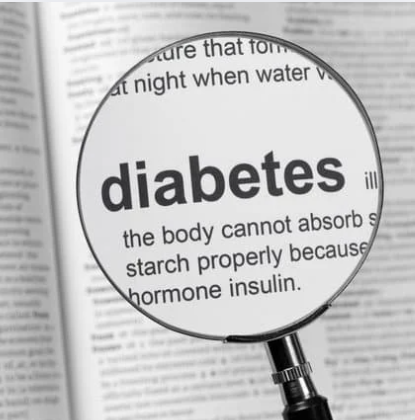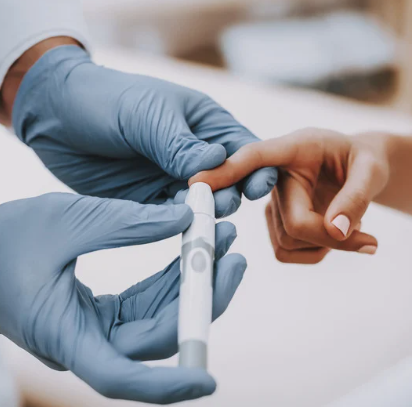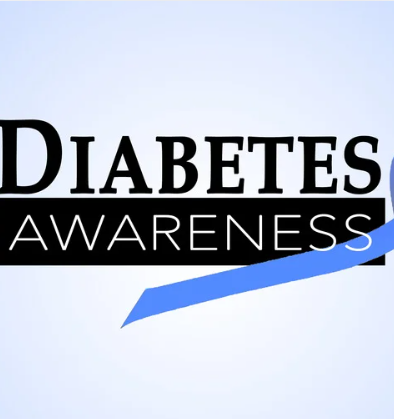

It is officially November and health experts across the world are using this month to spread awareness about diabetes which is known as National Diabetes Month.
Diabetes is a chronic disease which occurs when the pancreas does not produce enough insulin or when the body cannot effectively use the insulin it produces.
The medical condition is very common in Jamaica, with 2,339 persons dying from the disease in 2016, accounting for 12.7 per cent of all deaths. It is ranked third cause of death for men, with 966 deaths and first for women with 1,373, according to data from the Ministry of Health and Wellness.
The prevalence of diabetes among Jamaicans increases with age and more women than men have the medical condition.

National Diabetes Month serves as a reminder of the importance of education and proactive health measures. Encouraging regular health check-ups and fostering community support can significantly impact diabetes management and prevention.
Types of diabetes
There are three main types of diabetes: type 1, type 2 and gestational diabetes.
- Type 1: This type of diabetes is caused by an autoimmune reaction which stops the body from making insulin. Persons with type 1 diabetes are required to take insulin daily to survive. Children and young adults are commonly diagnosed with type 1 diabetes.
- Type 2: For type 2 diabetes, the body does not use insulin well and therefore cannot keep blood sugar at a normal level. It is usually diagnosed in adults.
- Gestational diabetes: This type of diabetes generally affect women who are pregnant who have never been diagnosed with diabetes. Research has shown that this type of diabetes may go away after these women give birth, however, it may increase their risk of developing type 2 diabetes.

Signs and symptoms
Diabetes symptoms can vary depending on the type of diabetes, but common signs include:
- Increased thirst: Feeling excessively thirsty (polydipsia).
- Frequent urination: Needing to urinate more often (polyuria).
- Extreme hunger: Feeling very hungry even after eating (polyphagia).
- Fatigue: Feeling unusually tired or weak.
- Blurred vision: Changes in eyesight due to fluctuating blood sugar levels.
- Slow healing: Cuts and bruises that take longer to heal.
- Tingling or numbness: Sensations in the hands or feet (neuropathy).







Comments